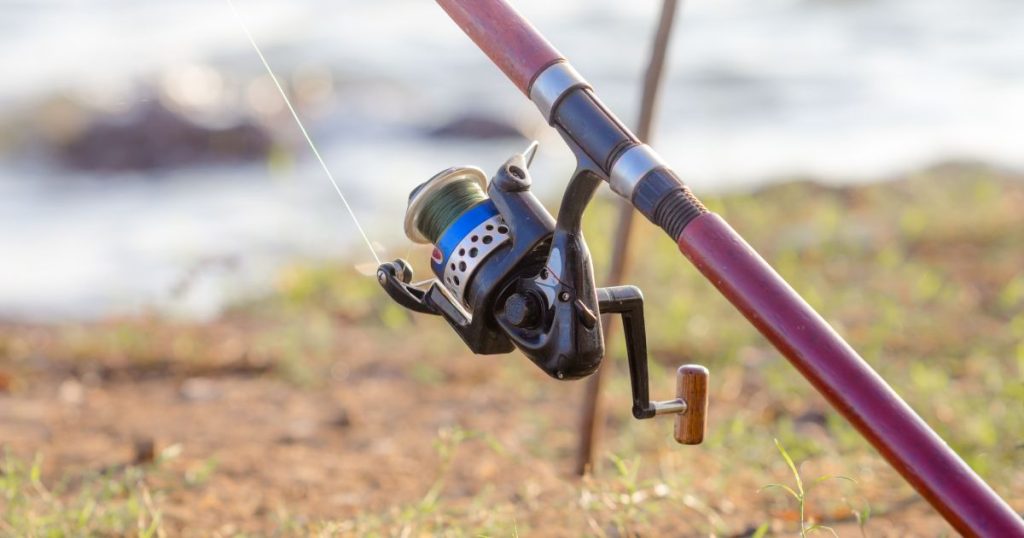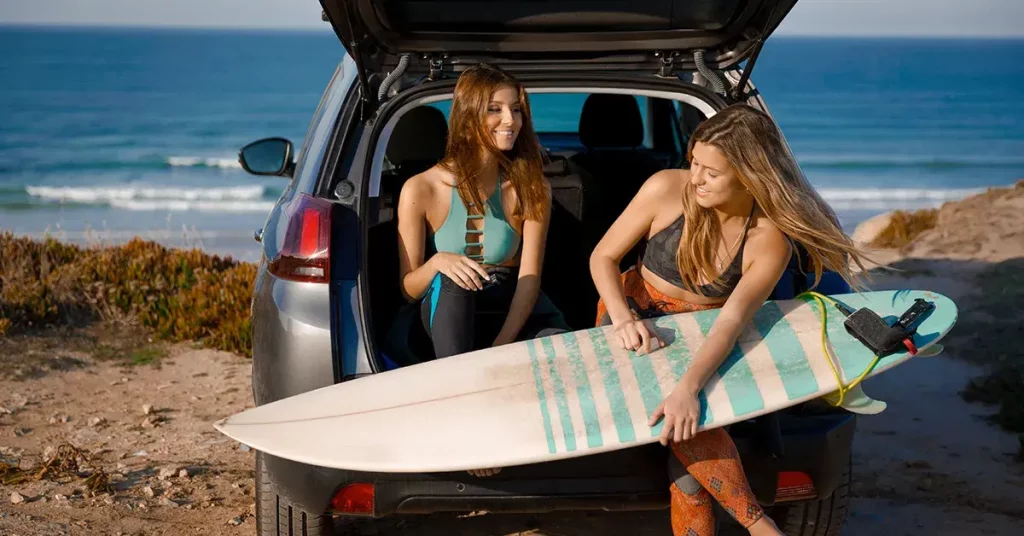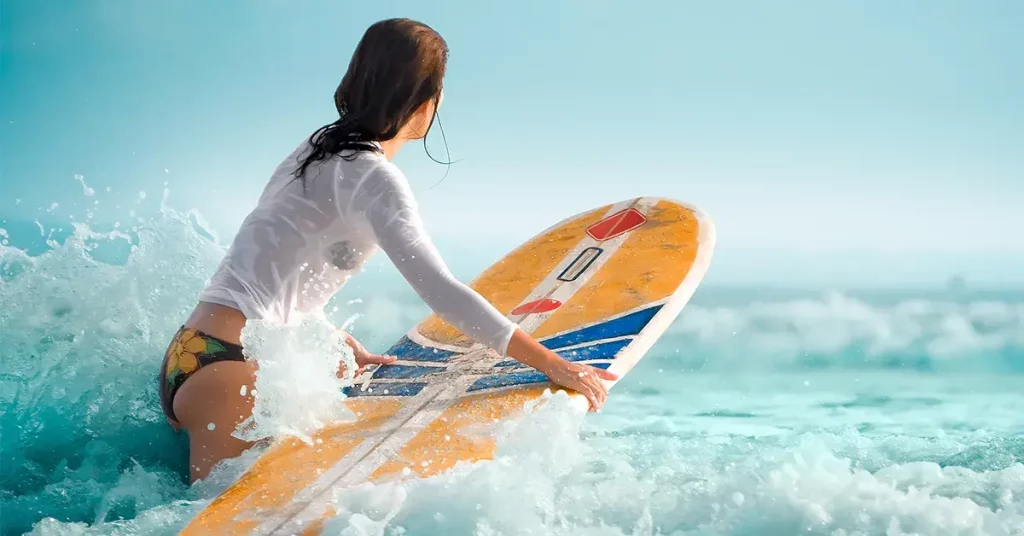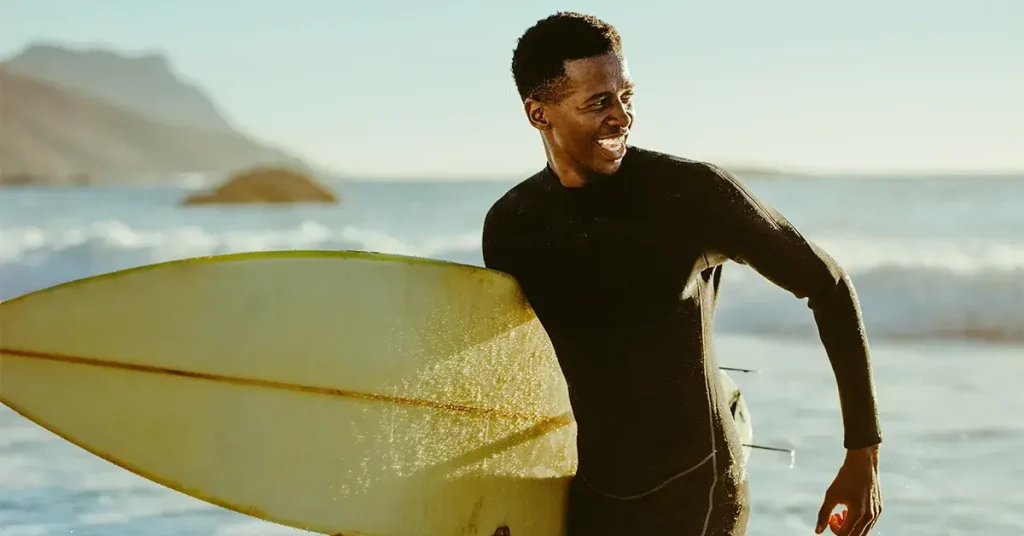The first step for any fishing trip can be the most frustrating! You have a brand-new rod, a shiny new hook, and a wide selection of bait, but you just realized you don’t know how to string a fishing pole.
Don’t worry! Below, we’ve provided a step-by-step guide featuring instructions on how to string a fishing pole with different reels, as well as tips and tricks to help along the way, and ensure you master this valuable skill.
Understanding Fishing Pole Care
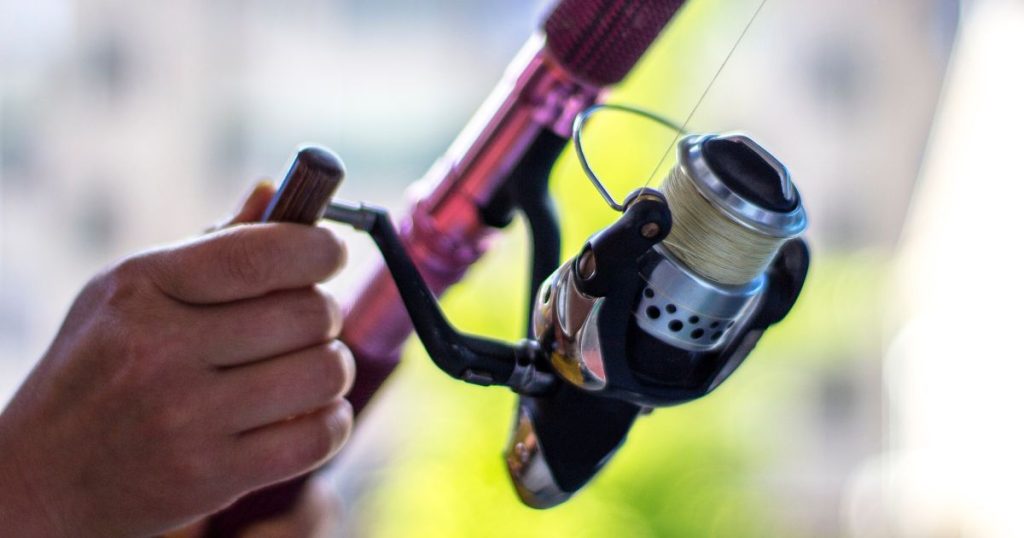
Preparation is an important step in learning how to string a fishing pole and ensuring it is in optimal condition. Beginners and experienced fishermen alike should focus on this.
Take apart your rod and, if you’ve used it previously, let the pieces dry. Give each piece a thorough cleanse to remove the grime and debris collected on it. This step is essential, because it will ensure that your rod works smoothly. Otherwise, the rod may get stuck, costing you your catch!
Choosing a Line
The next step in learning how to string a fishing pole is choosing the line. Lines are categorized into classes, and any type of fishing line class can be used as long as it’s equal to or higher than the line test of your fishing rod.
Your line strength should range from 4 – 8 lbs. This will depend on the type and size of fish you’re hoping to catch. Another key element is knowing when to use braided fishing lines versus monofilament fishing lines.
A good rule of thumb is to use a braided line for saltwater fishing and a monofilament line for freshwater fishing. A braided line also has a better casting distance and is more resistant to wear. Monofilament lines, on the other hand, are more sensitive and won’t stretch as much, which is useful for catching fish like trout,
Since a braided line is made from multiple monofilament lines twisted together, an angler is more likely to get injured. Therefore, beginners are advised to use monofilament fishing lines, which are also more affordable.
Types of Reels
There is no one-size-fits-all when it comes to choosing your type of reel when learning how to string a fishing pole. Each type of reel requires a different method, and each type has its advantages and disadvantages when it comes to stringing them.
A spincast reel, for example, has the smallest spool but allows for greater control of the line and less tangling. A spinning reel can be used for a variety of catch sizes, but gets tangled easily. A bait-cast reel is more useful for a heavier catch due to its ability to hold heavier bait.
Fly reels are difficult options for both beginners and experienced fly fishers because there are many factors to consider – including the line weight, size of the catch, etc.
Read more about rod and reel combinations and find what works for you.
How to String a Fishing Pole
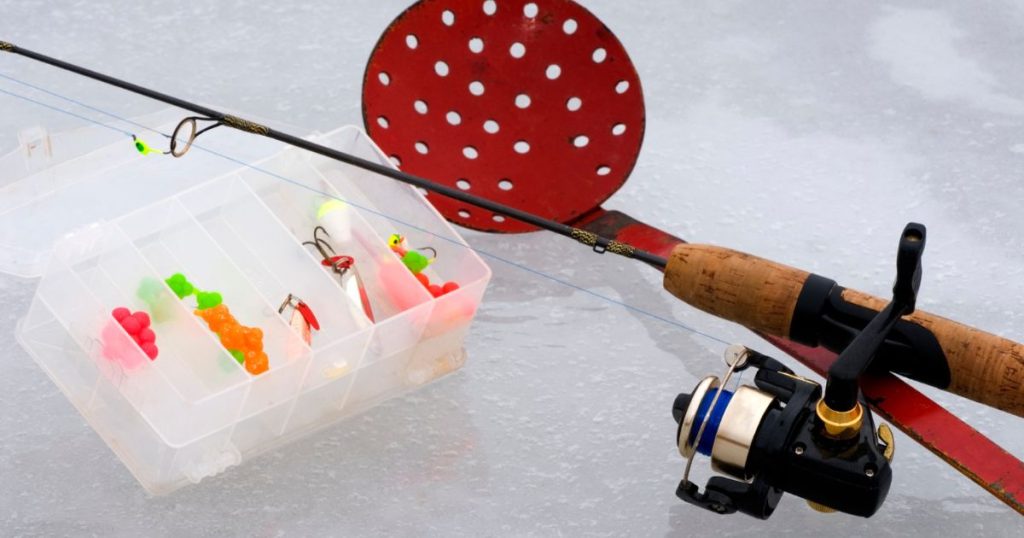
Thread the Line
The first step in properly knowing how to string a fishing pole is to gently lay your rod on a flat surface and string the line through the guide eyes. It’s similar to putting sewing thread through a very large needle.
String the line through all the guide eyes, making sure there are no tangles and no overlapping by holding tension.
Attach the Reel
You’ll do this step differently depending on whether you have an open reel (a spinning reel) or a closed reel (a spin-cast reel).
Spooling Open Reels
- Lift the wire arm and open the bail. Remove the old wire, if present.
- String your line through the rod guides on the underside of the rod. Bait casters have a guiding hole for this purpose.
- Use an arbor knot to tie the end of the line to the spool and close the bail by lowering the wire arm. A strong knot is a key here.
- Maintain the tension in your line and check the knot by spinning the handle a few times, ensuring it spools smoothly.
The most important part of this is ensuring the spool of line unwinds in the same direction as the fishing reel turns.
Now, let’s have a look at spooling bait-cast or closed reels:
Spooling Closed Reels
- Remove the spool cover and ensure you’re stringing the reel through it as this can not be done later on. You can do this by unscrewing it or pressing a button (if your cover has one).
- String the line through the guide eyes, and tie tight knots throughout the reel.
- Wrap the fishing line around the spool in the direction of the wheel’s rotation, winding the line around the spool’s hollow twice, and tying it in place with a clinch knot, or arbor knot.
- Maintain tension in the fishing line and spool until the reel is almost full. Leave some of the lines before attaching the spool cover and cut the line.
Fly Lines
Fly reels can be complex when compared to the ones above, but it’s a requirement when learning to freshwater fish. It requires tying two lines, the backing, and the fly line.
The fly line is thicker in diameter than the backing. The fly line has a smooth coating for casting and for pulling it through the water. The backing is used as support if the fish puts up a fight.
Here’s how to string both on a fly line:
- Attach string to both lines, tying knots around the backing line.
- Leave a small loop with a knot at the end of the backing line.
- Attach your leader first using the improved clinch knot and then attach your fly, ensuring the weight is supported. The fly line should be attached to the small loop you left in the backing line with a knot.
- Reel both of them together, but don’t go overboard!
Summary
There you have it! A comprehensive guide to learning how to string a fishing pole! We hope this guide proved helpful in your fishing endeavors.
Be sure to check out The Coastal Side for all your fishing, adventure, and watersport needs!

